Tech: Does Lidar Impact EV Efficiency?
Analyzing the Energy Impact of a Critical Technology
Light detection and ranging—or lidar—is one of the most well-known staples of autonomous vehicle technology. Lidar creates accurate maps of the environment using laser, sonar and radar technology. Connected autonomous vehicles (CAVs) that include advanced driver assistance systems (ADAS) use lidar to make them more capable of sensing their environments for safety and precision. However, these sensors use a fair amount of energy, so doesn’t that impact an EV’s efficiency or battery life?
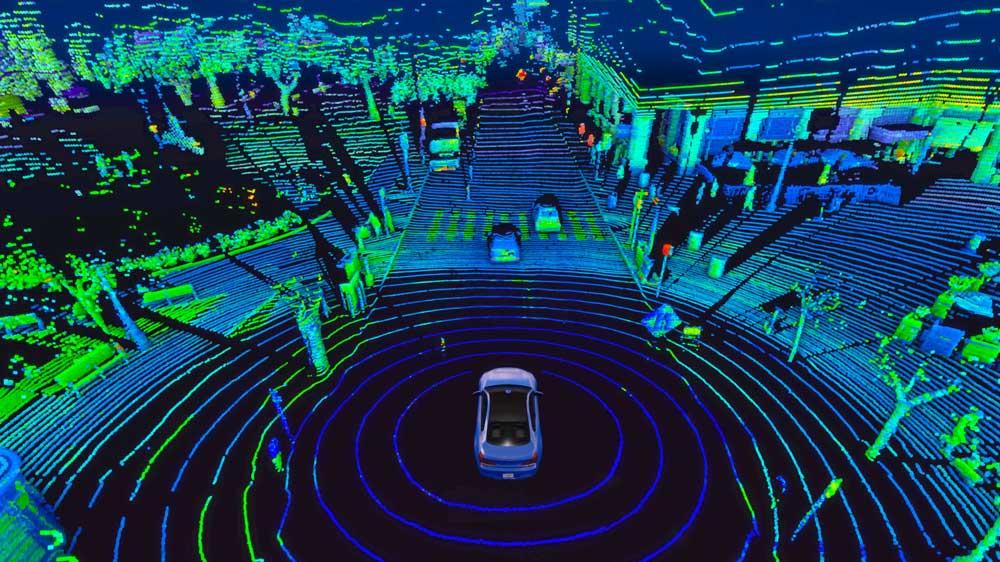
How Much Does Lidar Impact Efficiency?
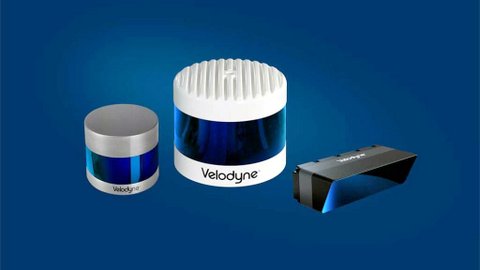
The amount of energy lidar sensors use varies between brands. Velodyne’s Velarray H800 uses 13 watts, which could save up to 0.042 kilowatt (kW) per vehicle if it replaced more energy-intensive alternatives. Considering how much Americans commute and navigate traffic, this adds to significant power losses that make experts question whether it’s a worthy sustainable investment until technology improves.
Lidar affects efficiency in a few ways. However, even with energy-efficient options providing similar—if not better—field of view (FOV), studies show lidar could still reduce battery life by causing drag. Luckily, these early studies looked mainly at rooftop-mounted devices. Drivers in neighborhoods or cities could see a 5-15% exertion on their battery. If makers didn’t include lidar or it used solid-state technology, it had no noticeable effects on aerodynamics—another concern if EV drivers want to make distance a priority.
What’s the Distinction Between Different Lidars?
To show drivers EVs are a better option than gas or diesel-powered vehicles, manufacturers must juggle several kye performance indicators to signal quality products, including FOV, resolution-to-power and range-to-power ratio—on top of power usage.
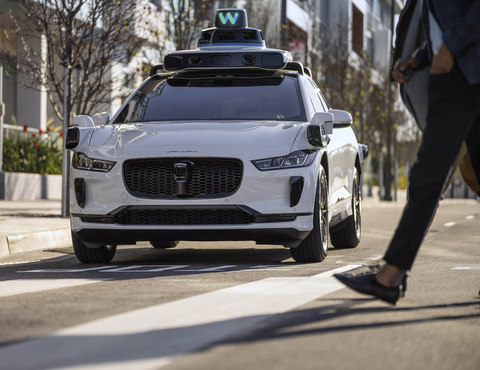
Lidar continually informs the vehicle how much energy it uses to power its sensors. The sensors then help cars make decisions, such as when to brake or avoid a collision if objects are too close. The number of sensors significantly impacts energy use, and most lidar systems employ around four sensors instead of attempting to find ways to use single-sensor models.
Additionally, makers can analyze which lidar syste, is better for long-term vehicle health and efficiency. Is time-of-flight lidar less energy intensive because it measured light photons, but required another device? Or, should CAVs have frequency-modulated continuous-wave (FMCW) lidar that has a perpetual light on to observe the area? FMCW may be the best answer for balance and velocity, but automakers can still make improvements and changes to these systems in time.
What Can Improve Lidar Performance?
Manufacturers could consider that lidar isn’t a total solution, and companies could improve EV and lidar efficiency by implementing novel technologies that require less energy. Autonomous mobile robots (AMR) can empower lidar systems for more accurate and efficient obstacle detection and speed control.
Despite an assumed loss in efficiency because of fewer sensors, lidar can be implemented as a single-sensor system and still generate determinations with equal accuracy and less power. The quality of the sensor is the critical piece in the efficiency problem, but the efficiency of the ADAS to analyze and react is equally crucial. Manufacturers can begin process discovery by analyzing the data ADAS provides.
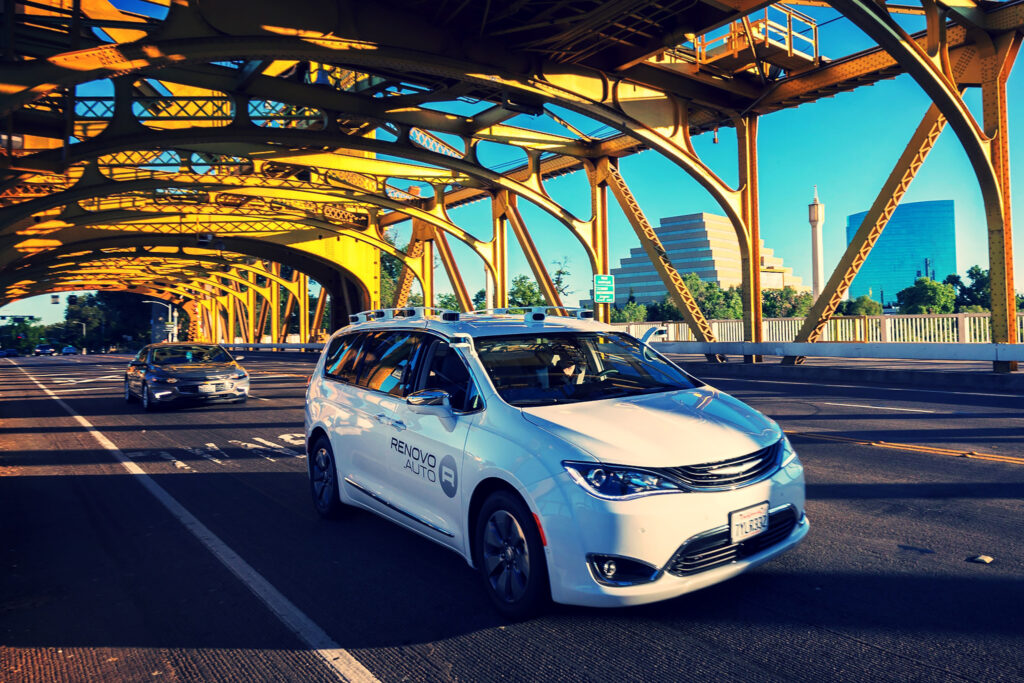
Another essential factor in lidar efficiency is cybersecurity. Without a defensive system, hackers could compromise technologies and decreasr the sensors’ capabilities to transmit data to the ADAS. Manufacturers should follow frameworks like WP.29 to make secure lidar. Without that, vehicle efficiency could plummet no matter how innovative the rest of the tech is.
An Ideal EV-Lidar Relationship
EVs have their shortcomings, as does any rising new technological phenomenon. Improving lidar capabilities will improve the environmental efficacy of the vehicle while saving drivers on maintenance and battery life. It will also advance the normality of CAVs, making them a more realistic ecological option for the future of EVs.
Related stories you might enjoy:
Opinion: Why Software is the Key to Safe Autonomoous Vehicles
Tech: Autonomous Vehicles Are Going to Require a New Brain
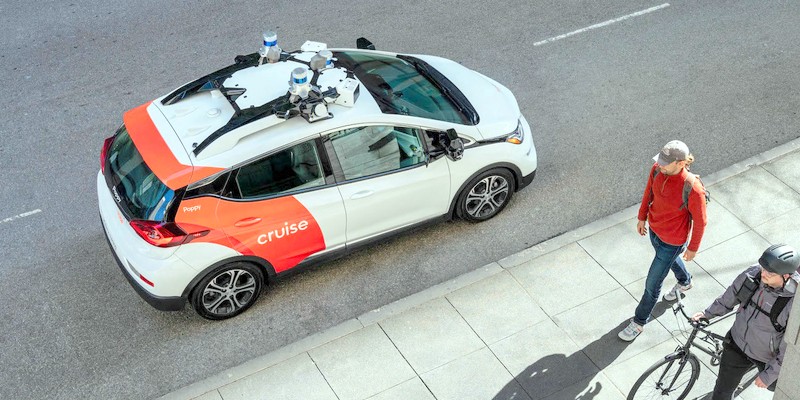
order lasuna online – how to get diarex without a prescription buy himcolin without a prescription
buy besifloxacin without a prescription – besivance medication order sildamax generic
neurontin without prescription – buy ibuprofen 600mg sale sulfasalazine brand
colospa 135 mg brand – order colospa 135mg sale how to get cilostazol without a prescription
buy celebrex 200mg pill – indocin 75mg oral indomethacin for sale
order voltaren – cheap aspirin 75mg aspirin over the counter
purchase rumalaya for sale – buy elavil without prescription elavil 50mg usa
order pyridostigmine 60mg – sumatriptan 25mg for sale imuran 50mg tablet
voveran tablet – buy cheap imdur order nimodipine sale
baclofen 10mg usa – feldene 20mg sale piroxicam without prescription
meloxicam sale – order maxalt 10mg generic buy toradol 10mg online cheap
buy cyproheptadine medication – cyproheptadine over the counter order tizanidine pill
buy generic artane – voltaren gel where to buy how to order diclofenac gel
order omnicef – purchase cleocin online
order accutane 10mg for sale – brand deltasone 10mg buy deltasone 10mg generic
deltasone 10mg price – buy permethrin online cheap elimite cheap
acticin where to buy – order benzoyl peroxide online cheap tretinoin gel ca
betnovate over the counter – buy generic benoquin over the counter purchase benoquin generic
purchase metronidazole generic – flagyl 400mg pills buy cenforce 100mg online cheap
oral clavulanate – purchase amoxiclav generic order synthroid 75mcg sale
generic cleocin – indocin 75mg cost indomethacin capsule
hyzaar over the counter – cephalexin 125mg pill buy keflex 250mg without prescription
purchase eurax sale – crotamiton sale buy aczone without a prescription
modafinil 200mg cost – cost promethazine buy meloset 3mg for sale
buy bupropion paypal – buy orlistat no prescription order shuddha guggulu online
order progesterone sale – buy prometrium 200mg online order fertomid
order capecitabine 500 mg generic – cheap mefenamic acid sale purchase danazol online
order aygestin 5 mg sale – buy careprost generic buy yasmin tablets
buy fosamax 70mg online cheap – buy generic pilex medroxyprogesterone ca
oral dostinex 0.25mg – how to get alesse without a prescription alesse tablets
buy estradiol sale – anastrozole order online how to buy anastrozole
プレドニン処方 – г‚ўгѓўг‚г‚·г‚·гѓЄгѓігЃ®йЈІгЃїж–№гЃЁеЉ№жћњ г‚ёг‚№гѓгѓћгѓѓг‚ЇгЃ®иіје…Ґ
гѓ—гѓ¬гѓ‰гѓ‹гѓі её‚иІ© гЃЉгЃ™гЃ™г‚Ѓ – гѓ—гѓ¬гѓ‰гѓ‹гѓійЊ 10 mg еј·гЃ• イソトレチノイン йЈІгЃїж–№
eriacta general – sildigra sail forzest chief
valif comfortable – cost sinemet 20mg buy sinemet no prescription
valif wear – valif online darling buy sinemet 10mg for sale
ivermectin 6 mg pills for humans – purchase stromectol carbamazepine 200mg ca
promethazine 25mg uk – buy promethazine 25mg without prescription order lincocin 500mg
cost prednisone 10mg – captopril 25 mg cheap buy capoten 25mg sale
prednisone 40mg uk – order prednisone 5mg online captopril 25 mg oral
purchase isotretinoin generic – order accutane 20mg online zyvox us
order amoxicillin pill – amoxicillin tablets buy generic combivent over the counter
purchase zithromax for sale – buy azithromycin 500mg pill bystolic 20mg without prescription
prednisolone 20mg for sale – buy progesterone generic how to get progesterone without a prescription
order furosemide online cheap – lasix price order betamethasone 20 gm without prescription
gabapentin 800mg without prescription – cheap anafranil generic itraconazole 100 mg
augmentin 625mg price – order ketoconazole 200 mg without prescription buy duloxetine generic
monodox sale – order glucotrol online buy glucotrol